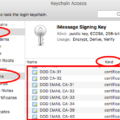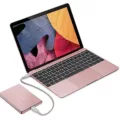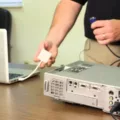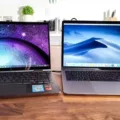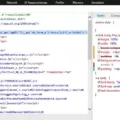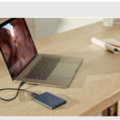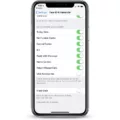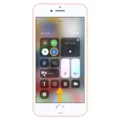USB (Universal Serial Bus) technology is one of the most common interface standards used for connecting and transferring data between computers and peripheral devices. It has become a ubiquitous part of our everyday lives, connecting us to our favorite music players, digital cameras, printers, and other devices. But with so many dfferent types of USB cables and connectors available, it can be confusing to know how to open USB on Mac computers.
The first step in opening USB on your Mac is to identify the type of USB cable you have. There are two main types: Type-A and Type-B. The Type-A connector is typically found on the computer’s side while the Type-B connector is typically found on the device side. Once you know what type you have, you can then plug it into your Mac’s USB port.
Once your USB cable is connected, it should automatically be recognized by your Mac. You will then see an icon appear in the Menu Bar at the top of your screen that inicates that a device has been connected. Depending on what type of device you have connected (e.g., printer or digital camera), you may also see additional icons appear in the Finder window or on your desktop indicating that a volume has been mounted or that a program has opened up automatically to access data from the device.
In some cases, if your Mac doesn’t recognize the device immediately when it’s first plugged in, you may need to eject it manually before retrying again. To do this, click on the Eject button next to its icon in Finder or drag its icon into Trash if it apears as an icon on your desktop. This should cause its volume to be unmounted and allow you to reconnect again without any issues.
For those who prefer more control over their data transfers when using USB devices with their Macs, macOS also provides several options for manually accessing files stored on them through either Finder or Terminal command lines. To access files stored on external devices from Finder, simply click on “Go” located at the top menu bar and select “Computer” from there; this will provide a list of all available volumes including any external ones connected via USB ports. To access files through Terminal commands instead, users can use standard Unix commands such as “ls” (list) and “cd” (change directory).
In conclusion, understanding how to open USB devices on Mac computers can help make sure data transfers are done correctly every time and make sure all files are accessible when needed. With a few simple steps and knowledge about which type of connector is needed for each device being used, users should have no problem getting started with their new hardware quickly!
Troubleshooting USB Drive Issues on Mac
It is possible that your Mac has detected the USB drive but has not shown it on the desktop. To solve this issue, you should check Finder > Preferences > General and make sure the “External disks” option is ticked. Once you have done that, your Mac should be able to recognize and display the USB drive on your desktop.
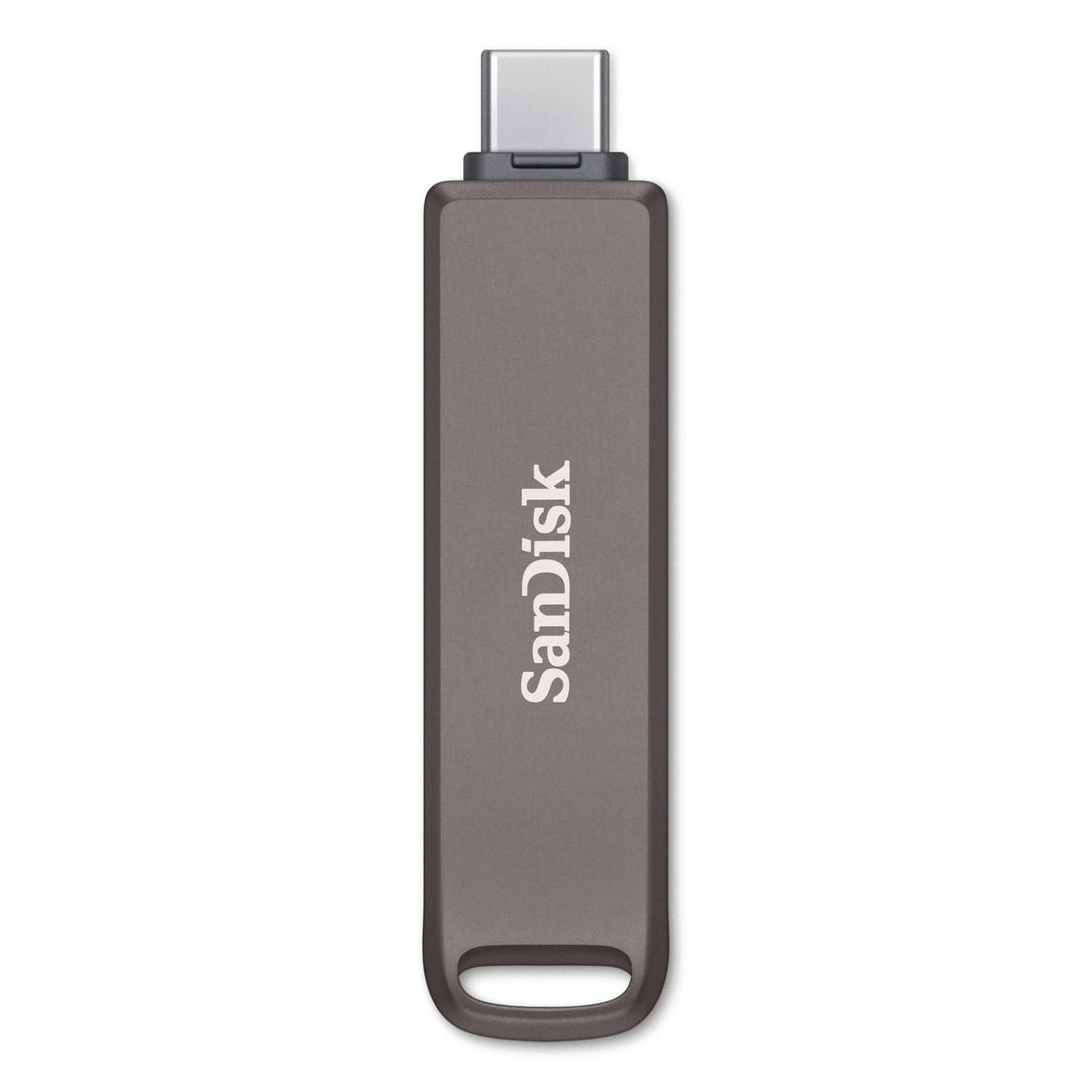
Source: apple.com
Finding a USB Device on a Mac
To find your USB device on a Mac, first make sure the device is plugged into one of the USB ports on your computer. On most Macs, these ports can be found on the front, back, or sides of your machine, depending on whether it’s a desktop or laptop.
Once you’ve confirmed that the device is connected, open Finder and select it from the Sidebar found on the left side of the window. The USB should appear in this list along with any other connected devices such as external hard drives or optical drives. You can also use Spotlight Search to search for “USB” and it will display a list of all connected devices.
If for some reason you can’t locate your device in either place, try unplugging and replugging it into another port or restarting your computer. This will ensure that your computer has detected the device properly.
Troubleshooting USB Not Showing Up
It is possible that your USB drive is not showing up because it may not be properly seated in the USB port, or the port itself may be malfunctioning. Additionally, some models of USB drives have a physical power switch, and if this switch is turned off the drive will not show up. Lastly, it is possible that the USB drive itself has becoe damaged or corrupted and therefore does not show up. To troubleshoot this issue, try reseating the USB drive in different ports and checking to see if any power switches are present on the device. If that does not work you may need to try a different USB drive to see if that resolves the issue.
Using a USB on a MacBook Air
Using a USB on your MacBook Air is easy! First, you’ll need a USB-C to USB adapter. Plug the USB-C end of the adapter into a USB-C or Thunderbolt 3 (USB-C) port on your Mac, and then connect your flash drive, camera, or other standard USB device. You can also connect a Lightning to USB cable to sync and charge your iPhone, iPad, or iPod.
Once the device is connected to the adapter, you’ll be able to transfer data between it and your MacBook Air. Depending on the type of device it is, you may need to install any ncessary drivers or software in order for it to be recognized by your computer. After that’s done, you should be able to access the files stored on the device from Finder.
Conclusion
USB (Universal Serial Bus) is a technology that has revolutionized the way we store, transfer, and use data. It has enabled us to easily connect devices to computers and oher devices, in order to quickly and securely share data. USB offers a range of speeds and capabilities that make it a very versatile connection standard for almost any use. It’s reliable, fast, and easy to install and use. USB is compatible with many types of hardware, making it an ideal choice for connecting peripherals such as printers, cameras, scanners, external drives, keyboards and mice. It’s also used to charge mobile phones and other battery-powered devices. With its ease of installation and compatibility with most operating systems, USB is the most popular connection type today.

